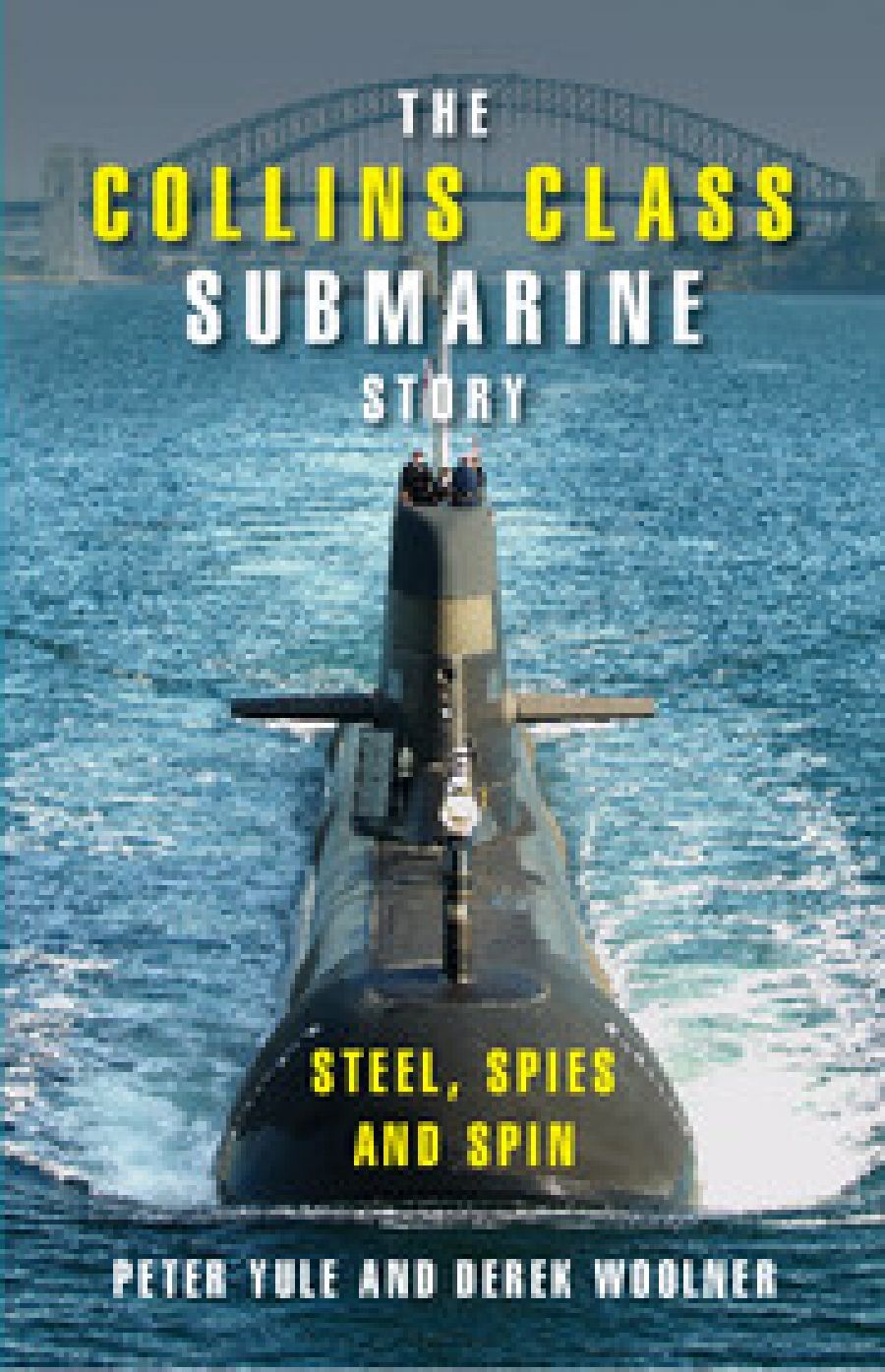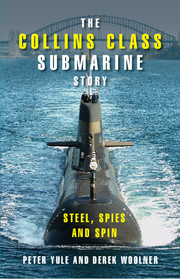
- Free Article: No
- Contents Category: Military History
- Review Article: Yes
- Article Title: Expensive mice
- Online Only: No
- Custom Highlight Text:
Operating submarines has been a very expensive part of Australian naval history. The first two boats (submarines are referred to as ‘boats’ rather than ‘ships’) were lost in wartime operations: AE1 with all hands off Gape Gazelle (New Guinea) in 1914, and AE2 in the Sea of Marmara (Turkey) in 1915. After World War I, Australia was given six ‘J’ Class submarines by Britain, but lacked the personnel and funds to maintain them. They were soon scrapped. Two submarines acquired in the late 1920s – Oxley and Otway – were decommissioned during the Great Depression. Thirty-five years later, the RAN took delivery of the first Oberon Class submarines built in Scotland. All six boats served with distinction during the Cold War, several engaging in highly classified ‘special operations’. By the mid 1980sthe RAN’s ageing submarine fleet needed replacing. Australia was about to learn that submarines were even more costly to build. Although submarines had been refitted and extensively modernised in Australia, none had been built from plans.
- Book 1 Title: The Collins Class Submarine Story
- Book 1 Subtitle: Steel, spies and spin
- Book 1 Biblio: CUP, $59.95 hb, 364 pp
- Book 1 Cover Small (400 x 600):

- Book 1 Cover (800 x 1200):

In this first-class study of the successes and disasters associated with the project, Peter Yule (Research Fellow of the History Department at the University of Melbourne) and Derek Woolner (Visiting Fellow of the Australian National University’s Strategic and Defence Studies Centre) have provided an insightful analysis of the most expensive and controversial naval construction programme in Australia’s history. The Collins Class Submarine Story is based on ‘over 130 interviews with people involved in almost every aspect of the project, and the documents, minutes, letters and diaries generated during the course of the project’.
The narrative begins with a brief history of Australian submarine operations and the importance of defensive and offensive underwater warfare to the defence and security of the nation. The authors outline the Navy’s conviction that its newest submarines had to be more than just low-tech ‘clockwork mice’ that would give the surface fleet a chance to practise its anti-submarine warfare skills. They go on to explain the difficulties the Navy encountered in developing design specifications for local conditions and the challenges of managing a competitive tender submission and evaluation process. As part of its commitment to local industry, the Commonwealth had to manage the political fallout from whichever state hosted the project while giving incentives to a range of firms employing highly skilled tradesman.
The second half of the book details the many problems that affected the delivery and performance of the submarines. Shortly after the lead boat, Collins, began trials in October 1994, a number of serious shortcomings were reported in the submarine’s operational capabilities, especially excessive hull noise. There were also persistent problems with the combat system. The Opposition parties and the media began to ridicule the project, alleging that it was an expensive failure that had produced ‘dud’ boats. This was far from the truth, but many of the issues that beset the Collins Class could, Yule and Woolner explain, have been readily avoided. With public confidence in the project diminishing, one of Australia’s finest submariners, Rear Admiral Peter Briggs, was appointed to head a ‘Submarine Capability Team’ whose challenge was to fix the problems. With the design and technical problems progressively remedied, the Collins Class provided the RAN with one of the most advanced conventional-powered submarine capabilities in the world.
This book is revealing and candid. Those who performed well are named and praised alongside those who performed poorly. Readers will be surprised by the magnitude of the mistakes made and by the extent to which difficulties were only overcome by dedicated uniformed personnel and committed civilian contractors who believed resolutely that Australia needed good submarines. When the time comes to replace the Collins class, I have no doubt that this impressively researched and attractively written book will be widely quoted. It contains extensive references and many excellent illustrations. It is highly recommended.
I will close with a personal postscript. As keel-laying ceremonies were being planned in early 1990, I was serving as Research Officer to the Chief of Naval Staff, Vice Admiral Michael Hudson. He told me that Defence Minister Kim Beazley was unhappy with the Navy’s proposal to call the submarines the ‘Vigilant’ Class. They were to be named the ‘Collins’ Class to commemorate Australian naval personalities. The government had also decided to make an announcement before the forthcoming federal election. We hastily produced a list of possible names. When I mentioned the absence of any sailors, Admiral Hudson accepted my suggestion of ‘Teddy’ Sheean, the Ordinary Seaman who lost his life in HMAS Armidale in 1942. A ministerial submission was prepared; approval followed within forty-eight hours. Despite my anxieties, the names proved to be popular around the Navy and across the nation.


Comments powered by CComment